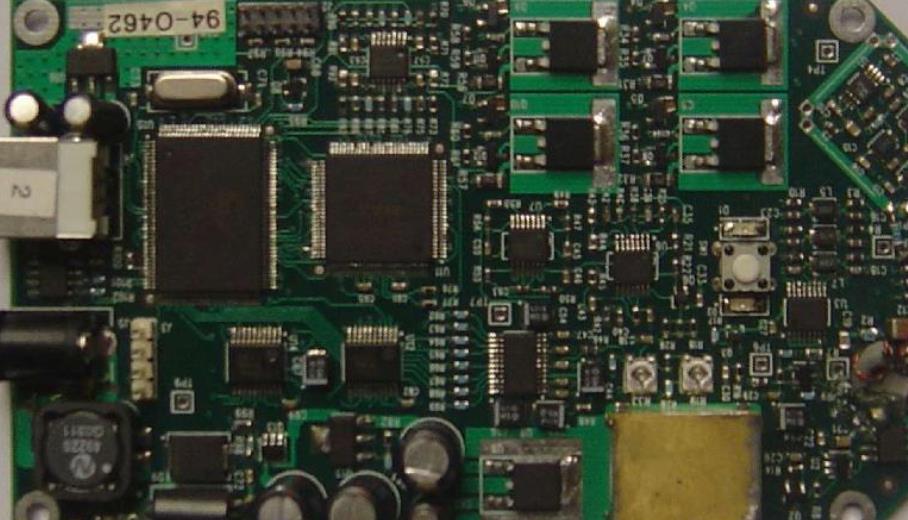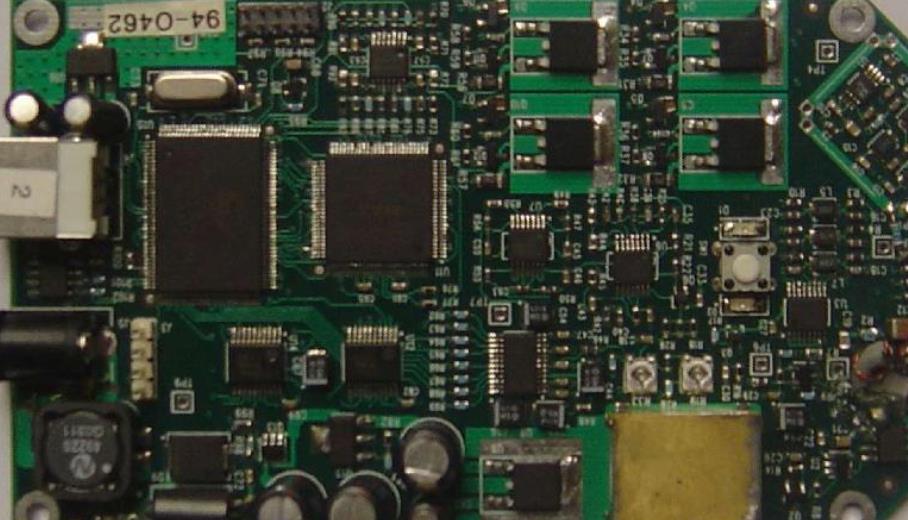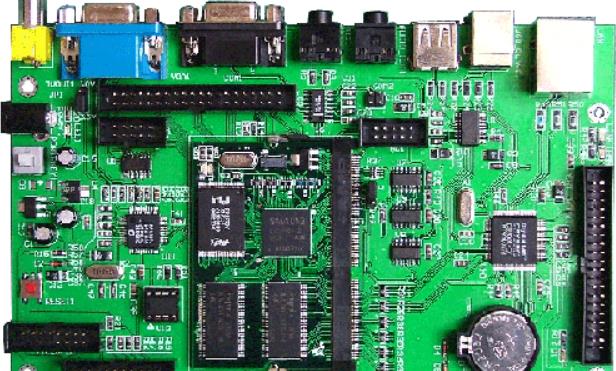
The Importance of Silk Screen Printing to PCBA Assembly
Have you ever wondered how the SMT can accurately place electronic components in the required positions on a tiny printed circuit board with very small tolerances?
The target SMT vision system is divided: match the circuit pattern of the art with the top or bottom of the manufactured printed circuit board (PCB), determine the position of PCB on x, y, and z planes, and locate the exact position of specific components on the circuit With the help of the indexing (positioning) system, PCB is positioned according to program parameters, but this positioning is not accurate enough to place components The silk screen provides a reference point for the imaging system
What is silk screen?
Although this sounds like a financial term, the term "benchmark" refers to a fixed basis of reference for comparison purposes. Typically, the screen is an embedded object or surface marker used as a direction measurement or reference point for indexing and imaging systems.
Circuit board

The screen is used in many industries and applications, such as physics, 3D computer graphics, optics and photography. They are used in geophysical flight to reference measurement results, in augmented reality media to locate the position of activated composite images or game boards, and in medical imaging to associate body scanning with body position.
In automated electronic assembly applications, the screen is an alignment mark used in the indexing system to orient and tilt the PCB in the correct direction. The vision system uses a screen layout to accurately insert components into the circuit. Silk screen, also known as "circuit pattern recognition mark", is a key aspect of testing and packaging in the entire automated manufacturing process. The importance of screen placement cannot be underestimated, because if the exact position of PCB or circuit cannot be measured correctly at any time during the assembly process, an automatic "train wreck" will occur!
How does the placement of the wire mesh affect the insertion of components?
The precise screen layout ensures that your PCBs are oriented in the correct direction and aligned as perfectly as possible. The SMT mounter uses a camera to position the screen, and then adjusts the position of the components according to the precise position of the circuit board.
The disadvantage of robotic assembly arms is that they don't complain to you about the working hours.
The PCB is transported from the conveyor belt to the SMT machine for assembly. The fixing or clamping direction of each printed circuit board is slightly different from that of other printed circuit boards. Unless recalibrated, this slight change is enough to damage the circuit board. To do this, mark two or three reference points on the PCB so that the placement robot can accurately determine the direction of the circuit board. By comparing the actual position of the screen relative to the circuit board plan stored in the machine memory, the vision system can reliably calculate the "offset" to which parts must be moved, so that parts can be placed accurately.
How to set the screen on the PCB?
Screen printing is usually made by making the circular area of the printed circuit board not covered by the solder mask. In this circular area, the underlying copper coating is exposed. Good image recognition does not require any operation around the screen. During assembly, attention must be paid to the "matte" background around the screen. Alternatively, a transparent solder mask can be used to cover the reference point because the vision system can still detect the copper ring.
Starting from the first two reference points (placed diagonally), the machine can identify the position of the PCB and the inclination of the PCB in the transfer clamp by its X and Y positions. Finally, the third datum can help the machine compensate for any shrinkage or stretch of the PCB.
If the component is placed on a double-sided PCB design, the reference point must be placed on both sides of the PCB. The placement of multiple screens for PCB positioning is called "global benchmark". Components requiring high positioning accuracy can place a "local datum" near the component location to provide higher accuracy.
What happens if you don't use wire mesh?
If you manually assemble a single board or prototype board, you may not use silk screen. However, if you plan to automate production, you will find that SMT mounters will not be an option, because their operation requires reference points on PCB to align correctly. In addition, manual assembly will result in a higher proportion of circuit boards failing the test and quality standards, and it will take a lot of time to repair incomplete manual welding.
Tips for placing wire mesh:
SMT chip processing factory: The following are some techniques for placing screen on PCB:
1. The optimum size of wire mesh shall be between 1mm and 3mm. Aim at a matte "buffer" area approximately the same diameter as the mark around the mark.
2. The wire mesh must be free of solder mask unless the cover is transparent.
3. For overall reference, there should be at least 2 marks and preferably 3 marks to ensure the accuracy of component placement. The marks shall be located at opposite ends and separated on the circuit board as far as possible. If you have 3 pieces of screen, please put them in a triangle and keep as wide space as possible on the blackboard.
4. If there is not enough space at the edge of the circuit board, a global screen is required.
5. The distance from the screen to the edge of the circuit board shall be 0.3 inch, excluding the screen buffer.
6. For local datum points, at least two wire meshes shall be placed diagonally around the outer edges of specific components. To correct placement errors on components, local wire mesh can also be used.
7. This placement of silk screens can make a smooth assembly line different from an assembly line that continues needs adjustment Even if the supplier tells you that they have upgraded the machine to work without marks, it is wise to integrate the silk screen into the circuit board design You may need these marks during testing or when rework is required in the future







